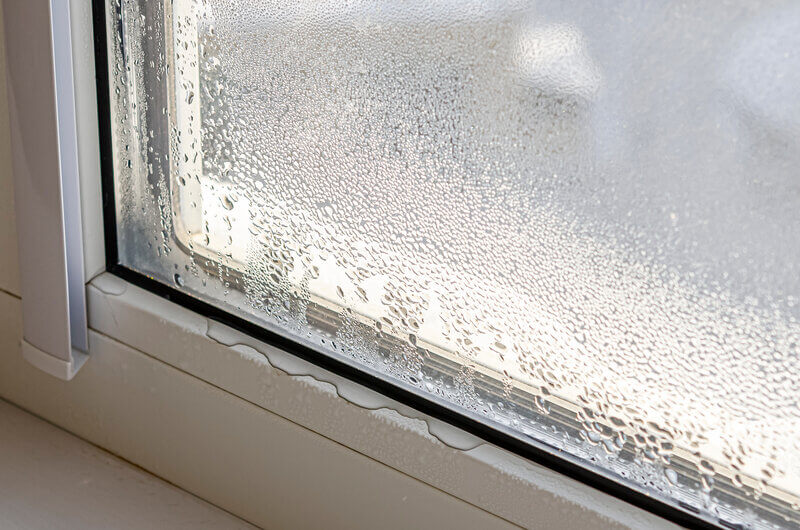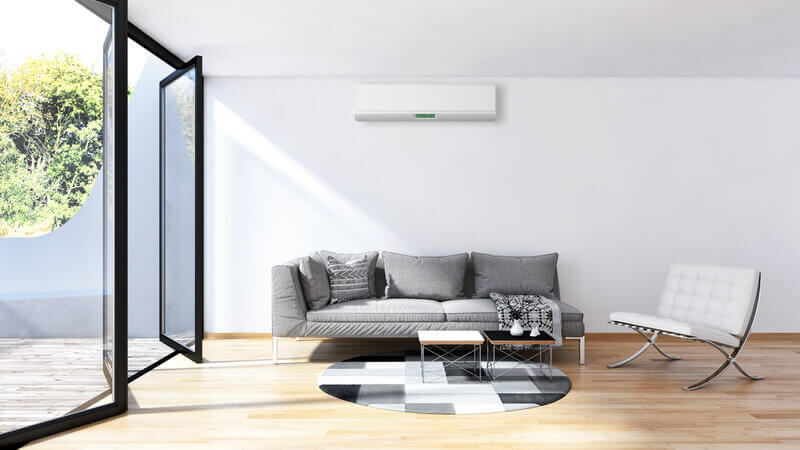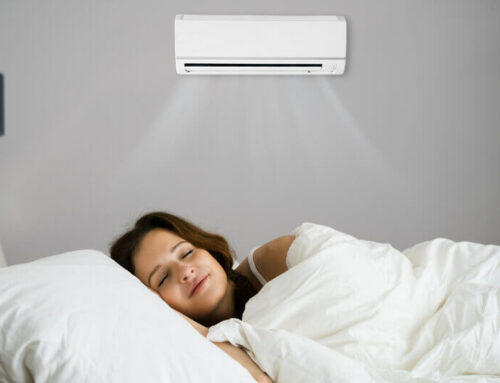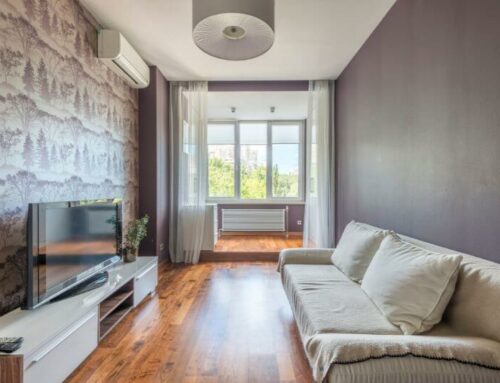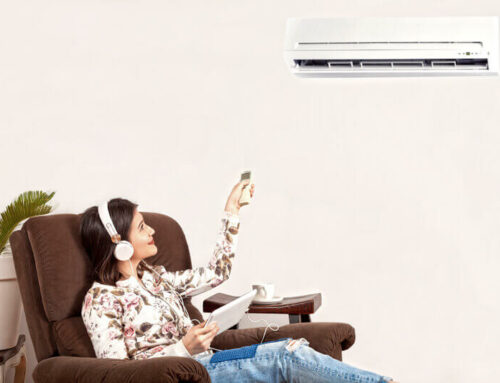Condensation on windows isn’t fun when you wake up in the morning and have to look through foggy windows and deal with damp curtains and watery interiors. However, when the colder months start to kick in, condensation can’t be avoided.
You can avoid condensation damaging your home as condensation can rot wood, damage plaster, stain your walls, affect other areas of your home, and can potentially be a serious health hazard as condensation allows for mould and mildew to grow.
Thankfully there are solutions that you can manage by yourself at home or in your commercial space without the need for professional help.
Today we will give you some quick tips on how to reduce condensation on your windows along with our number one solution that will prevent far more severe problems from arising while maintaining a dry and comfortable home.
Why does condensation appear on windows?
Condensation is caused when there is an excess of moisture in the air, and it often occurs in the winter months when the warm air inside your home condenses on the cold windows. Condensation on windows is most likely to happen in rooms of the home that naturally generate extra moisture, such as bathrooms and kitchens.
If you are getting condensation inside your windows whether single – or double-glazed, it’s a sign that there is too much moisture inside your home and the room temperature is much warmer. This warmer temperature condenses on the cold windows which will eventually cause condensation.
Exterior window condensation on the other hand is simply dew and occurs when the window is colder than the dew point. Condensation between window panes occurs when the seal between the panes is broken or when the desiccant inside the windows is saturated.
Protect your health
You may be thinking that condensation isn’t a big deal, but in fact, if condensation isn’t dealt with in a timely manner, as mentioned earlier, it can promote the growth of mould.
Exposure to damp and mouldy environments can cause a variety of health problems. People who are sensitive to mould or have mould allergies can suffer from nasal stuffiness, throat irritation and coughing to name a few.
Immune-compromised people and people with chronic lung illnesses may get serious infections in their lungs when they are exposed to mould. These people should stay away from areas that are likely to have mould – such as homes with high humidity.
Mould can grow on virtually any organic material as long as moisture and oxygen are present. Including:
- Wood
- Paper
- Food
- Carpet
- Insulation
If you’re worried about mould in your home, click here for a checklist to find the sources of dampness and mould.
Tips on reducing condensation on windows
Move furniture away from the walls in winter
A 10cm gap will discourage mould (especially on external walls).
Air your home regularly
Open doors and windows for 10-15 minutes each morning or use a ventilation system. Airing out a room when you turn off the heater also helps to avoid condensation.
Use lids on pots when you cook
This helps to stop the steam from escaping.
Turn on the bathroom and kitchen fan before a shower or cooking
Shut the door and open the window an inch. Afterwards, leave the fan running until the moisture clears.
Open your windows
Opening your windows will release some of the warm, moist air that is trapped in the house.
Eliminate condensation with this solution
The solution to removing condensation on your windows is easy, eco-friendly, and effective!
Install a heat pump system.
Heat pumps are primarily used for heating and cooling but also have dehumidifying benefits that combat excess moisture and condensation issues. While heating, heat pumps can dry out window condensation. But the devices also have a dehumidifying mode which can be set to offer even more effective moisture reduction.
A heat pump will pull moisture from the air circulating within your home. Keeping moisture and condensation under control is going to not only protect your home, but help prevents mould, save you time and money on wiping down windows and also provide healthier air that you and your family breathe in.
All units are equipped with air filters, which also help filter moisture, dust, and bacteria.
The dry mode setting can be run for short periods throughout the day and can be auto-set if you have a Wi-Fi, capable model.
The dry mode function specifically works by pumping more clean air around your home, acting in a similar way to opening your windows. However, especially during winter when there is more moisture in the air, it is very effective at taking moisture out and preventing condensation.
Say goodbye to condensation with a heat pump
Waking up to condensation in the morning can be a thing of the past by installing one of our heat pump systems that come with the latest technologies to suit your customer needs and superior quality we stand by.
With the ability to set them to different modes, heat pumps can be customised to suit a number of needs, including moisture and condensation.
We are dedicated to improving the health of kiwi homes. To do so, we believe heat pumps should be your number one choice of heating systems.
If you are looking to remove condensation on your windows and are ready to invest in a healthier home, call us today.


